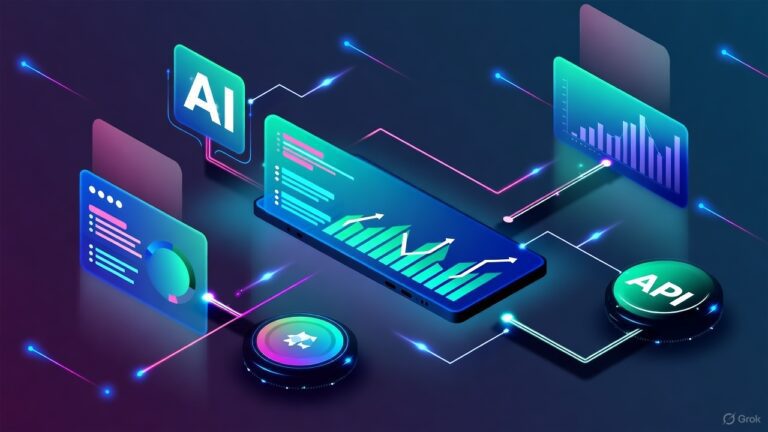For years, healthcare leaders have been tasked with doing more with less. Workforce shortages, reimbursement pressure, and rising patient expectations have stretched traditional models thin. But now, something fundamental is shifting. Artificial intelligence is no longer an emerging concept in healthcare. It is becoming the operational backbone.
Efficiency in healthcare has historically meant optimization through headcount, software, or outsourcing. Today, AI offers a new lever entirely, one that improves speed, accuracy, and scalability across clinical and administrative functions. The opportunity is no longer theoretical. It is here, and the gap between early adopters and late movers is widening.
From Manual Workflows to Machine Augmented Systems
Operational bottlenecks in healthcare are everywhere: slow claims processing, long patient intake cycles, staffing mismatches, and delayed diagnoses. AI enables organizations to automate many of these pain points, but the real gains come when AI is embedded into the system’s core, not layered on top.
Consider this:
- KPMG’s 2025 GenAI Healthcare Sector Value Report found that 68 percent of healthcare executives expect moderate to very high ROI from AI deployments
- McKinsey estimates that AI could unlock up to $360 billion in annual value across the U.S. healthcare system, primarily through operational improvements
This is no longer about incremental automation. It is about creating intelligent systems that learn, adapt, and continuously optimize.
Where AI Is Delivering Measurable Impact
Organizations leading the way are applying AI in targeted, high friction areas. What separates them is not access to tools. It is how they integrate them.
- Claims and Revenue Cycle Management
Automated coding, fraud detection, and prior authorization are already reducing turnaround times and administrative burden. Optum, for example, used natural language processing to reduce claims denials by 40 percent in specific payer segments. - Patient Intake and Scheduling
AI chatbots and smart scheduling tools are streamlining intake, triage, and calendar optimization, improving access without increasing overhead. - Workforce Planning
AI powered staffing models are helping hospitals align shift patterns with real time patient demand, reducing overtime costs and burnout. Northwell Health has piloted dynamic nurse scheduling using predictive algorithms, resulting in lower turnover and better coverage. - Clinical Decision Support
AI models trained on EHR data are assisting with early diagnosis, risk stratification, and treatment planning, not to replace clinicians, but to support them.
What Leaders Get Right About AI in Healthcare
Successful AI transformation is not about deploying more tools. It is about solving business problems at the system level. That requires operational alignment across teams, data systems, and leadership.
A few guiding principles:
- Start with one outcome, not many features. AI works best when scoped around a clear problem with measurable ROI
- Build a feedback loop. The best implementations treat AI as a living system, improving through clinician and staff input
- Invest in data fluency. Clean, accessible, and interoperable data is the foundation. Without it, even the best models fail
- Align incentives. AI is not plug and play. Adoption depends on whether teams see it as enabler or threat
In short, AI implementation is not a technology challenge. It is an operational design challenge.
Why Operational Efficiency Is Now a Competitive Advantage
Healthcare systems that rethink their core operations with AI are already outperforming their peers. LifeStance Health, for example, increased clinician productivity by 10 percent and added $50 million in revenue by scaling hybrid care supported by digital infrastructure and automation.
This is the new benchmark. Systems that remain tied to manual, siloed workflows will fall behind, not just in cost structure, but in patient experience and workforce engagement.
The conversation is no longer about whether to implement AI. It is about how fast, how well, and in which areas it creates leverage.
Closing Thought: Efficiency Is the Entry Point, Not the End Goal
AI’s real power in healthcare is not just in saving time or reducing cost. It is in unlocking a new level of organizational adaptability, one where workflows continuously learn and systems respond faster than ever before.
At Xogito, we help healthcare leaders redesign operational foundations with AI at the center, combining strategic focus, technical depth, and implementation support.
Let’s talk about what that could look like inside your organization.







